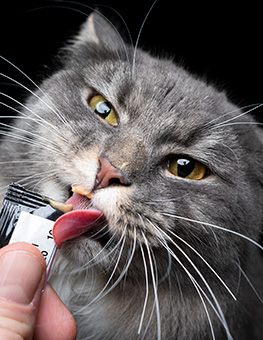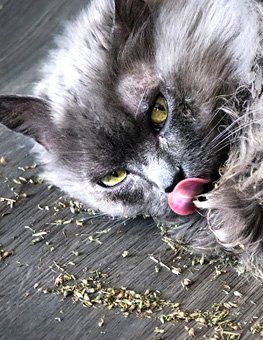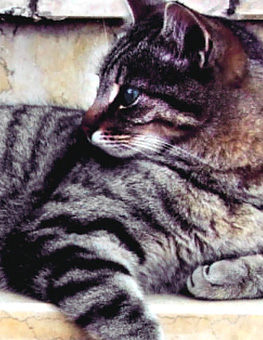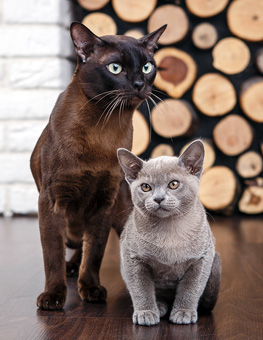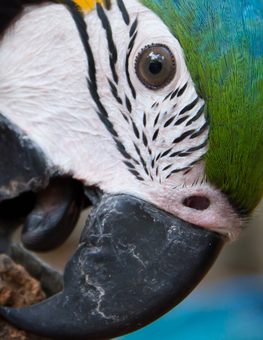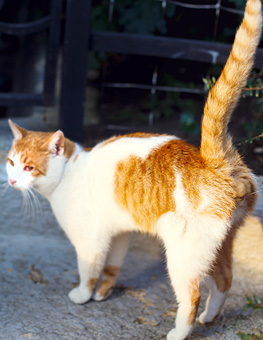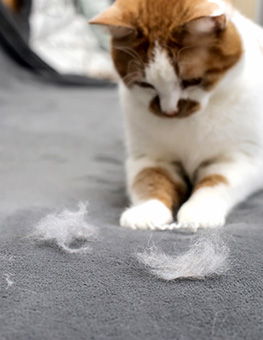Tips from Hartz: Taking Care of Your Cat's Oral Health
Most of us are very good about brushing our teeth two or three times a day. A few of us are even good about flossing after at least one of those brushings. And dog owners are always reminded of their pets' dental health whenever Fido gives one of those signature canine smiles.
But cats are another story. In keeping with their prim manners, cats rarely show their teeth, so most cat owners simply forget that these need cleaning just like any other animal. It's an essential part of pet grooming. So what are some of the dangers of not keeping up with your cat's oral care? And how do you brush a cat's teeth, anyway?
From periodontal disease to gingivitis or swelling of the gums, your cat is just as susceptible to disorders in the mouth as any person. There are several indicators of problems with your feline's oral health - ulcers or swelling inside the mouth, difficulty chewing, excessive drooling or even just plain-old bad breath. If your kitty is showing any of these signs, you may want to get him or her checked out by the vet. But even if a cat's oral health seems to be in tip-top shape, you'll want to make sure you begin or continue regular tooth brushing and mouth care.
- First, you'll need a toothbrush and toothpaste. Don't use the human varieties. Instead, try Hartz® Dentist’s Best with DentaShield for Cats found in the pet aisle of your food, drug or mass retailer. You might not love the idea of chicken-flavored toothpaste, but your cat likely wouldn't be that into minty freshness.
Your cat will need to get used to the consistency of the new toothbrush especially the bristles. Letting your cat lick something tasty off the brush can speed up this process. (Cotton swabs can be substituted for a toothbrush in a pinch, just not cotton balls, which are too messy.) - Brushing. To brush your cat's teeth, first get him or her relaxed and calm, preferably on your lap, and begin rubbing the mouth and chin area. Get him or her used to the taste of the toothpaste slowly and then gently massage the toothpaste onto the teeth. Try to dip your finger in tuna water, chicken broth, or other liquids your cats may like to get them used to the feeling. After several sessions like this, your kitty may even get used to the toothpaste enough to let you use the brush.
The important thing to remember is that it takes a lot of time and trial and error. Be upbeat and take things slowly. Never overly restrain your cat when trying to brush their teeth. Praise, praise, and praise some more as you accomplish the task. Cats are willful creatures and often hard to train, but that independence is why we love them.
This content is provided by the pet grooming experts at Hartz. Our professional staff is here to keep you educated on the proper grooming techniques while offering tips to keep your pet happy and healthy.



